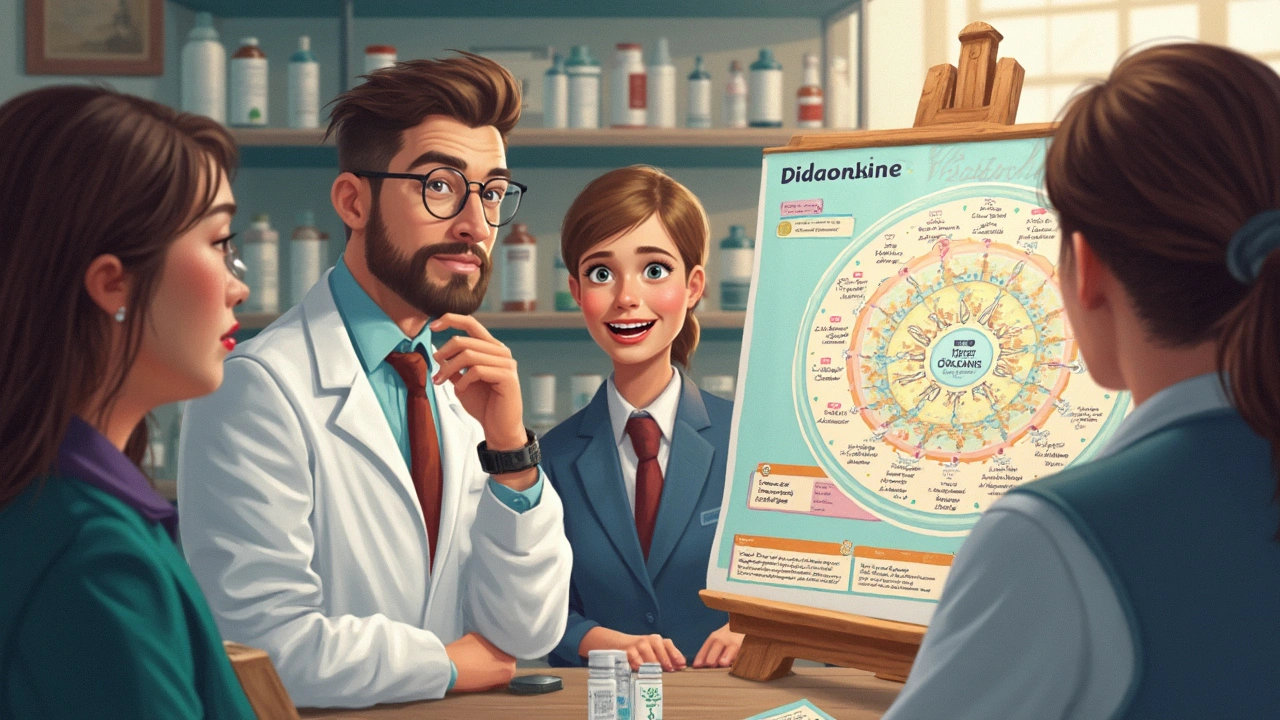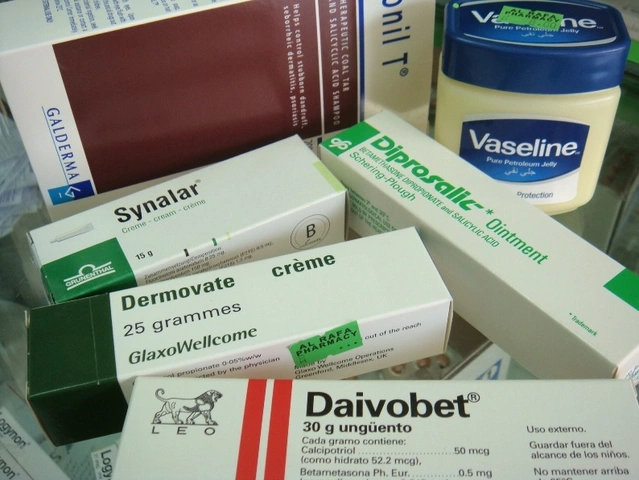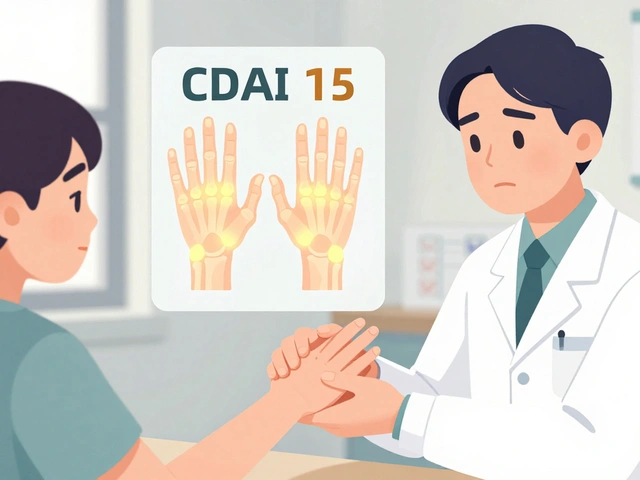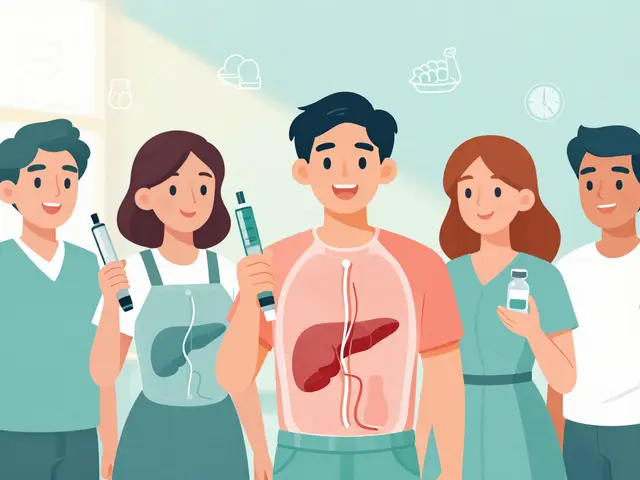HIV treatment: what works today and how to stay healthy
If you or someone you care about is facing HIV, there’s good news: treatment works. Modern antiretroviral therapy (ART) can suppress the virus to undetectable levels, protect the immune system, and let people live long, healthy lives. This page explains the basics, what to expect, and simple steps you can take right now.
How antiretroviral therapy (ART) works
ART uses a combination of drugs to stop HIV from copying itself. Doctors usually put patients on a single-pill or multi-drug regimen that targets different stages of the virus life cycle. Common drug classes include NRTIs, NNRTIs, protease inhibitors, and integrase inhibitors. The goal is to reduce your viral load to 'undetectable' — which also means the virus can’t be transmitted sexually (U=U).
After starting ART, your viral load is checked at 1 month and again at 3 months, then every 3–6 months once it’s stable. CD4 counts are monitored too, especially early on. If the viral load doesn’t drop, that could mean a drug interaction, poor adherence, or resistance. Your clinician will adjust the regimen as needed.
Practical tips: adherence, monitoring, and finding meds
Take meds exactly as prescribed. Skipping doses raises the risk of resistance. Use daily reminders, pill boxes, or phone alarms. If side effects appear, don’t stop—call your provider. Many side effects fade after a few weeks or can be managed by switching drugs.
Know common interactions. Antacids, certain antibiotics, and herbal supplements can interfere with ART. Always tell every health provider and pharmacist that you’re on HIV meds. That keeps care safe, from vaccines to dental work.
Prevention matters. If you’re HIV-negative and at risk, daily PrEP cuts the chance of infection by over 90% when taken correctly. After a possible exposure, PEP started within 72 hours can prevent infection. Ask a clinician about these options.
Access and cost are real concerns. Many places offer government or community programs to help with medication costs. Be careful with online pharmacies: check credentials, require prescriptions, and avoid sites selling drugs without paperwork. Your clinic can point you to reliable sources.
Special situations: pregnancy, co-infections (like hepatitis or TB), and drug resistance need tailored care. Pregnant people on effective ART have very low transmission risk to the baby. If you have another infection, treatment order and drug choices may change—your doctor will explain the plan.
Finally, stay connected. Regular clinic visits, lab checks, and honest talk with your care team are the easiest ways to keep treatment effective. If you want straightforward articles about specific drugs, side effects, or how to check online pharmacies safely, our site has practical guides you can read next.

Didanosine, an important medication used for HIV treatment, can interact with several other drugs, leading to side effects or decreased effectiveness. This article covers the main ways didanosine interacts with other medications, explains why these reactions matter, and gives practical advice for anyone taking didanosine or caring for someone who is. You'll also find tips from Melbourne healthcare experts and real-life scenarios to help you make safer choices. Avoid dangerous combinations and get the facts you need to protect your health.






